larch tree
polly1973
10 years ago
Related Stories
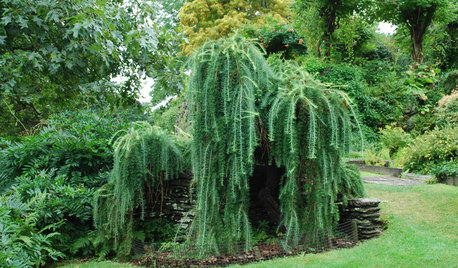
GARDENING GUIDESGreat Design Plant: Larix Decidua ‘Pendula’
Soft, graceful and sculptural, weeping larch is a star in northern U.S. gardens
Full Story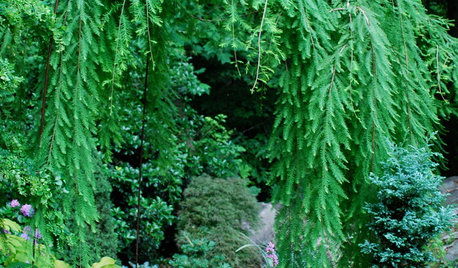
LANDSCAPE DESIGNThe Weepers and the Creepers: 10 Intriguing Trees for Your Garden
Bring something a little different to your landscape with a tree that dives, twists or crawls
Full Story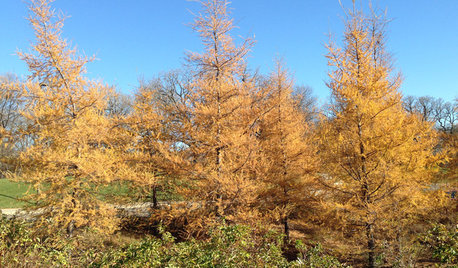
GARDENING GUIDESGreat Design Plant: Larix Laricina Glows Gold in Late Autumn
Plant tamarack for a beautiful late-fall golden display
Full Story
GARDENING GUIDES12 Japanese Maples for a Sunny Garden
The right maple in the right place shines in hot summer sun
Full Story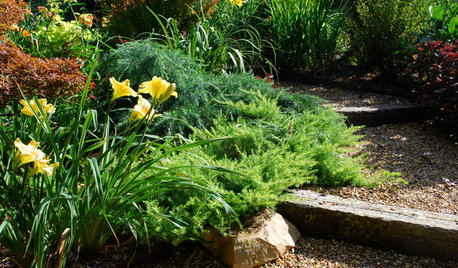
GARDENING GUIDESGreat Design Plant: Cedrus Deodara ‘Feelin’ Blue’
The smallest of the cedars softens a hardscape while bringing structure and texture to the garden
Full Story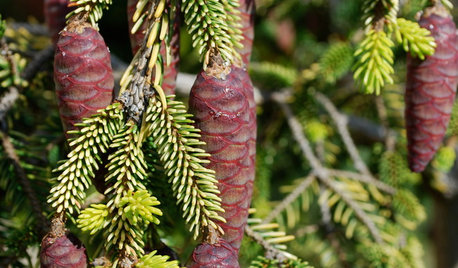
GARDENING GUIDESGreat Design Plant: Skylands Oriental Spruce, a Favorite Conifer
Brighten up a drab corner of your garden with Picea orientalis ‘Skylands’, a smaller spruce that a bird family might just call home
Full Story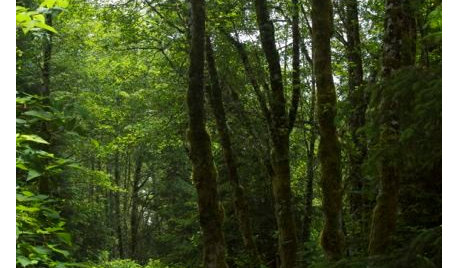
LANDSCAPE DESIGNLet Nature Inspire Your Landscape: Ideas for a Woodland Garden
Fill your senses with the magic of a wild forest-inspired garden — from shady understory plants to towering treetops
Full Story
FALL GARDENINGHouzz Call: Show Us Your Fall Color!
Post pictures of your fall landscape — plants, leaves, wildlife — in the Comments section. Your photo could appear in an upcoming article
Full Story
ARTThe Beauty of Bonsai — Living Art, Rooted in Harmony
Create your own emblem of nature's balance with an art form dating back 1,000 years
Full Story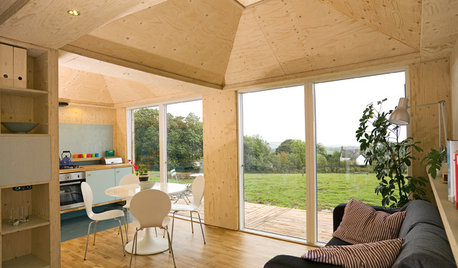
HOMES AROUND THE WORLD9 Houses That Show Why Wood Is the Material of the Future
Most people may associate wood with traditional homes, but in these innovative, modern structures, its uses are really branching out
Full StoryMore Discussions








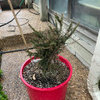

nearpass
Smivies (Ontario - 5b)
Related Professionals
Bridgetown Landscape Architects & Landscape Designers · Marco Island Landscape Architects & Landscape Designers · Zion Landscape Architects & Landscape Designers · Edmond Landscape Contractors · Battle Ground Landscape Contractors · Brandon Landscape Contractors · El Mirage Landscape Contractors · Harrisburg Landscape Contractors · Hawaii Landscape Contractors · Melrose Landscape Contractors · Mission Viejo Landscape Contractors · Nanuet Landscape Contractors · Panama City Beach Landscape Contractors · Seymour Landscape Contractors · Westchester Landscape Contractorsbengz6westmd
ken_adrian Adrian MI cold Z5
gamekeeper
basic
coniferjoy
wisconsitom
polly1973Original Author
scotjute Z8
coniferjoy
polly1973Original Author
wisconsitom